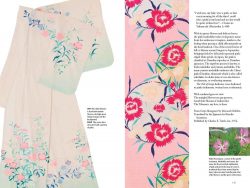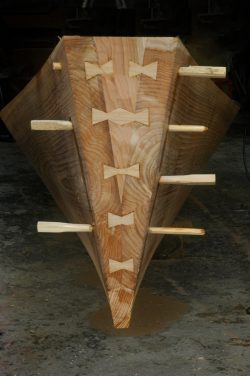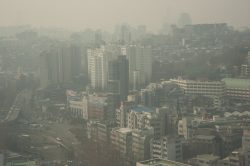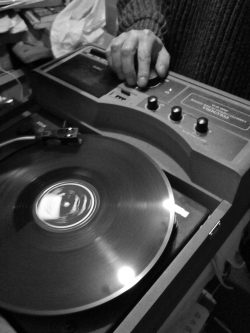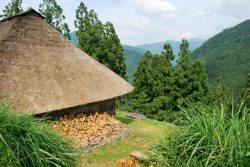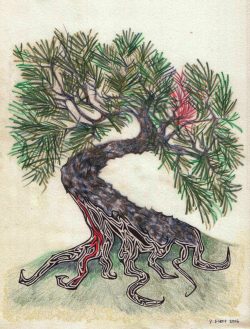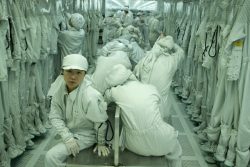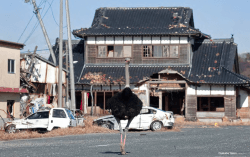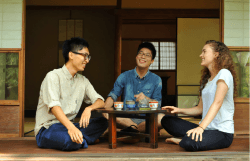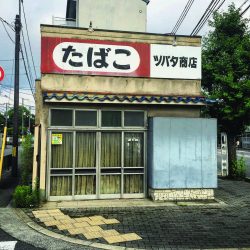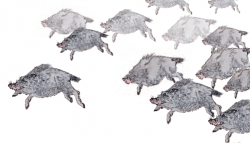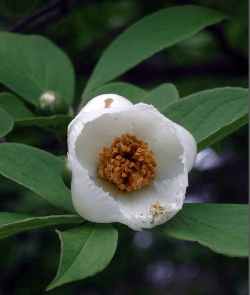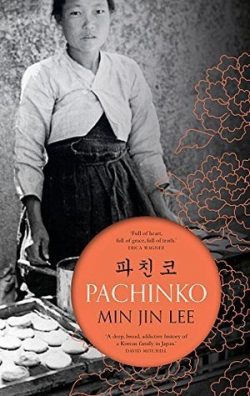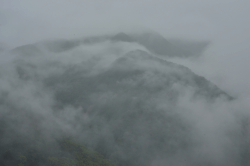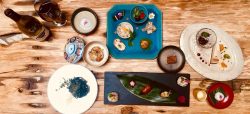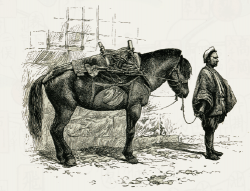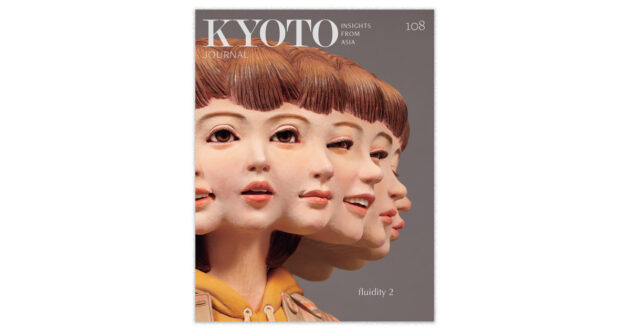Posts by lucinda
Kimono Design: An Introduction?
This is an extremely beautiful book. Every page explodes with color and pattern: exquisite embroidery, wonderful hand painting, complex dyeing, evocative renditions of natural motifs. An astonishing variety is presented.
Read MoreAn Apprentice Boatbuilder in Japan
I returned to Japan expressly to interview one of the boatbuilders I met on that first trip. Mr. Koichi Fujii was the last builder of taraibune, or tub boats, and with the help of an interpreter I did my best to begin documenting what he knew.
Read MoreDistant and Far Apart
Watching painters work was something I’ve always been drawn to. How they licked their lips. How their eyes never seemed to blink. How they paced alone in cluttered rooms, stared at things as if defusing bombs, and every breath was a hiccup from boom…
Read MoreKoya Abe: Selling Vintage Records in Tokyo
Koya Abe spent most of the six-minute-long 2011 Tōhoku earthquake keeping his 78rpm records from falling off the shelves. The delicate collectibles are stored in open-mouth crates mounted on the wall of his Tokyo record shop.
Read MoreChikamichi: The Shortcut
Subsistence farming in the mountains is not usually conducive to amassing any great wealth. But then I looked again at the houses and fields, a whole village created from nothing more than wood, bamboo, stone, clay, vine, straw, grass, and the knowledge of how to use them…
Read MoreMatsumoto Sachiko: Bringing Japanese Crafts to the World
Matsuyama Sachiko is the founder of monomo, a business linking Japanese craftspeople with an international audience and encouraging cultural inspiration.
Read MoreGiant Bonsai
“Cut it down. You’ll have a better view of the rhodies,” one neighbor suggested.
But why? I loved seeing the fir’s textured bark arcing across the backyard and then shooting up to the sky.
“This is the most beautiful tree I’ve ever seen, “ my mother said. “It’s a giant bonsai without wires.”
Read MoreLeft Behind: A Selection of Poems by Xu Lizhi
Xu Lizhi’s work is steeped in the vocabulary and experiences of the factories, a world in which he himself lived. The selection of poems presented here show his sense of desperation and acute observations of his internal psychology and the larger world.
Read MoreAmerican Bonsai: Life by a Thousand Cuts
My father-in-law was a flyer. A man of the air and sky. A man of dreams and bravery, of duty and responsibility. He was fiercely loyal to family and country even when they were not so loyal to him.
Read MoreKJ x Tea Life Audio
Tune in to TeaLife Audio, on everything Cha-no-yu!
Read MoreShokunin
The Shokunin Project is an ethnography of mastery— a study of the obsession and commitment to excellence it takes to dedicate one’s life to the pursuit of perfection.
Read MoreOstrich Defies Containment
Adventures and fates of seven birds freed in the town of Okuma, Japan, following the Daiichi nuclear reactor meltdown in Fukushima, 11 March 2011.
Read MoreA House Living with Tea
“Inspired by tea, the housemates show us that it is possible to live creatively and mindfully in this modern day world. It seems fitting that such a place exists in Kyoto, a city that epitomizes the juxtaposition of old and new.”
Read MoreSmall Buildings of Kyoto
Small Buildings of Kyoto features 100 images of the quaint homes, businesses, workshops, as well as the occasional neighbourhood shrine and teahouse, that make up the fabric of Japan’s ancient capital.
Read MoreEngineering the Japanese Islands
“Like all peoples on the planet, Japan has a complicated relationship with the natural world that’s shaped by religion and economic behavior and political practices, but certainly the notion that the Japanese enjoy a greener national philosophy is misguided. It does not hold up to historical scrutiny.”
Read MoreMeditation on Sarasôju
A Universal Korean-Japanese Story
Lee opens this epic narrative of the lives of Korean immigrants to Japan in the fishing village of Yeongdo—“a five-mile-wide-islet beside the port city of Busan”—in 1910, the same year that Japan formally annexed Korea. She concludes it in Tokyo in 1989…
Read MoreThe Green Summer Wind
The old man opened his travel pouch and removed a roll of rice paper. He lifted out his writing kit—a bronze tube ending in a bulbous bronze pot fitted with a tight lid, like a metallic leek with a metallic ball-onion fused on at one end. The tube held his writing brush, and the onion-pot was stuffed with wadded cotton fibers soaked with ink.
Read MoreGourmet Biking in Tohoku
Last autumn, Lianca Van Der Merwe was invited to participate in a “Fooding Tour” of Tono, Iwate Prefecture conducted by Tokyo-based Cuisine Press (r-tsushin.com) and “Or Waste?” (or-waste.com), an NPO aimed at combatting food waste.
Read MoreNaoko Nakasone: Rejuvenating Spirit Food in Okinawa
“When people grew millet and grains, they didn’t need to scramble for food. Scrambling causes conflict, but in the absence of scrambling there was peace. For this reason, people really appreciated millet and served it to the gods as an expression of gratitude. “
Read MoreVictorian-era Dispatches from Meiji Back-Roads
“The mosquitoes were in thousands, and I had to go to bed, so as to be out of their reach, before I had finished my wretched meal of sago and condensed milk. There was a hot rain all night, my wretched room was dirty and stifling, and rats gnawed my boots and ran away with my cucumbers.”
Read More
